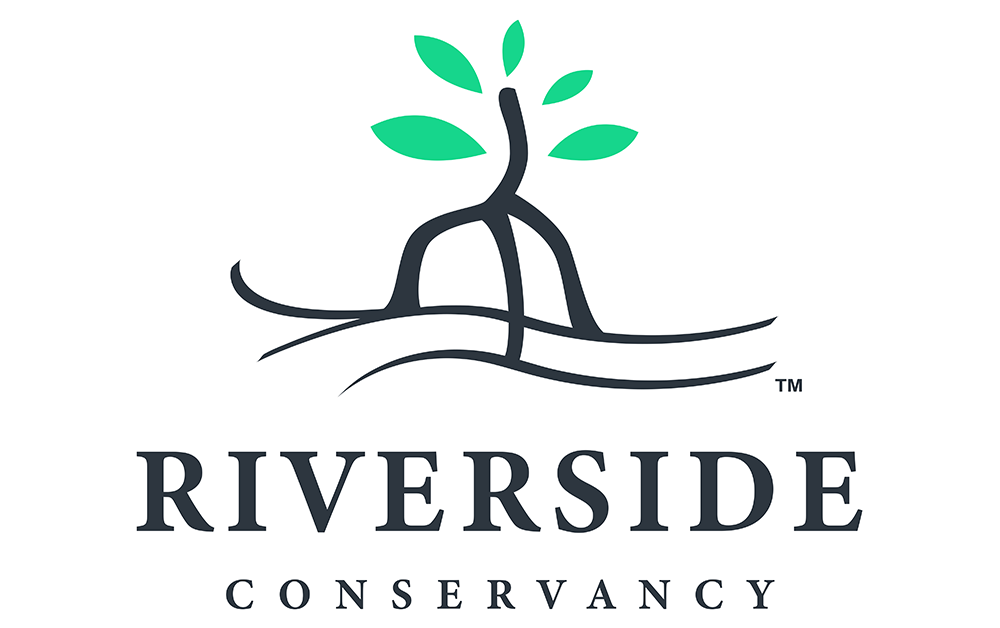By Lisa D. Mickey
On a rainy day in early October, Stetson University professors Dr. Corie Charpentier and Dr. Melissa Gibbs stood with 10 college students on the shoreline at Riverside Conservancy, staring at the high waters of a king tide.
Most of the shoreline by the Indian River Lagoon was under water, but the students and professors waded into the soggy restored marsh looking for fiddler and hermit crabs -- noting plant diversity, taking soil samples and eventually wading out into the water to pull a seine net to learn about fish diversity and conducting other aquatic measurements.
“We are helping with ORCA, a conservation agency doing ‘A Day In the Life” study for a snapshot of the biology, chemistry and the physics of the area on the lagoon,” said Charpentier, who has conducted research with Stetson students in past years on Riverside Conservancy’s restored living shoreline.
“I asked for volunteers during their fall break and all of these students volunteered their time today to help with coastal sampling,” she added.
ORCA (Ocean Research & Conservation Association) uses its experiential research program to collaborate in the collection of water-quality data and biological inventories of a local estuary. The program gives participants hands-on experience with field techniques and is designed to help students gain a greater appreciation for, and knowledge of such waterbodies as the Indian River Lagoon.
“You can see species in a textbook, but to actually be able to hold them and see them up close is very interesting,” said Kaylee Stecchi, a sophomore marine biology major, who also examined sediment samples from the marsh. “I helped with the seine net today, which I had never done before. We caught so many anchovies!”
Areon Atkinson of Tampa, a freshman environmental science major, admitted his surprise when the students netted a fish they did not expect to see.
“We caught a tarpon that was about 16 inches long in the seine net,” he said. “This was a great experience.”
Sophomore biology major Jane Darby of Brooksville said the experience she gained alongside her professors and other students was invaluable.
“I’ve been out in nature before, but this was my first time being in a hands-on type of expedition and being part of catching and measuring species,” she said. “It was interesting to learn what field work might look like in my future career and also to be able to come here and have new experiences.”
The fact that two professors and a small group of students explored the shoreline together was not lost on the participating students.
“It means to me that they actually care about what they are teaching,” said Atkinson. “They are helping us in the field.”
“One of the reasons I came to Stetson in the first place was for the student-to-teacher ratio,” added Darby. “Our professors are bringing their experience to this site where there are a bunch of fish and plants we wouldn’t be able to identify without their expertise. It’s great they are out here teaching students who are going into this career field.”
That excitement for the day’s adventures wasn’t solely limited to the students, however. Making her first visit to the Riverside Conservancy Center, Dr. Gibbs admitted that the day’s outing also stoked the fires of the instructors.
“I feel super-enthusiastic about our engagement with the students out here,” said Gibbs, who has extensive research experience with a variety of fish. “I feel like we can really share with them and get them excited and curious and get them saying, ‘Yeah, that’s what fish or plant that is and it’s pretty cool!’ That kind of excitement takes people pretty far.”
Both professors were shocked to catch a tarpon in the seine net. The students also netted a sargassum toad fish and a file fish – two species they would not typically see.
But that, they added, is the beauty of having access to a shoreline for study and research and a place for students to learn.
“We hear bad news about the environment and how terrible things are happening, but when I have a group of student volunteers who come out and help me sample, it gives me a lot of hope for the future in ocean conservation and shoreline restoration,” said Charpentier. “That’s worth so much to me.”

